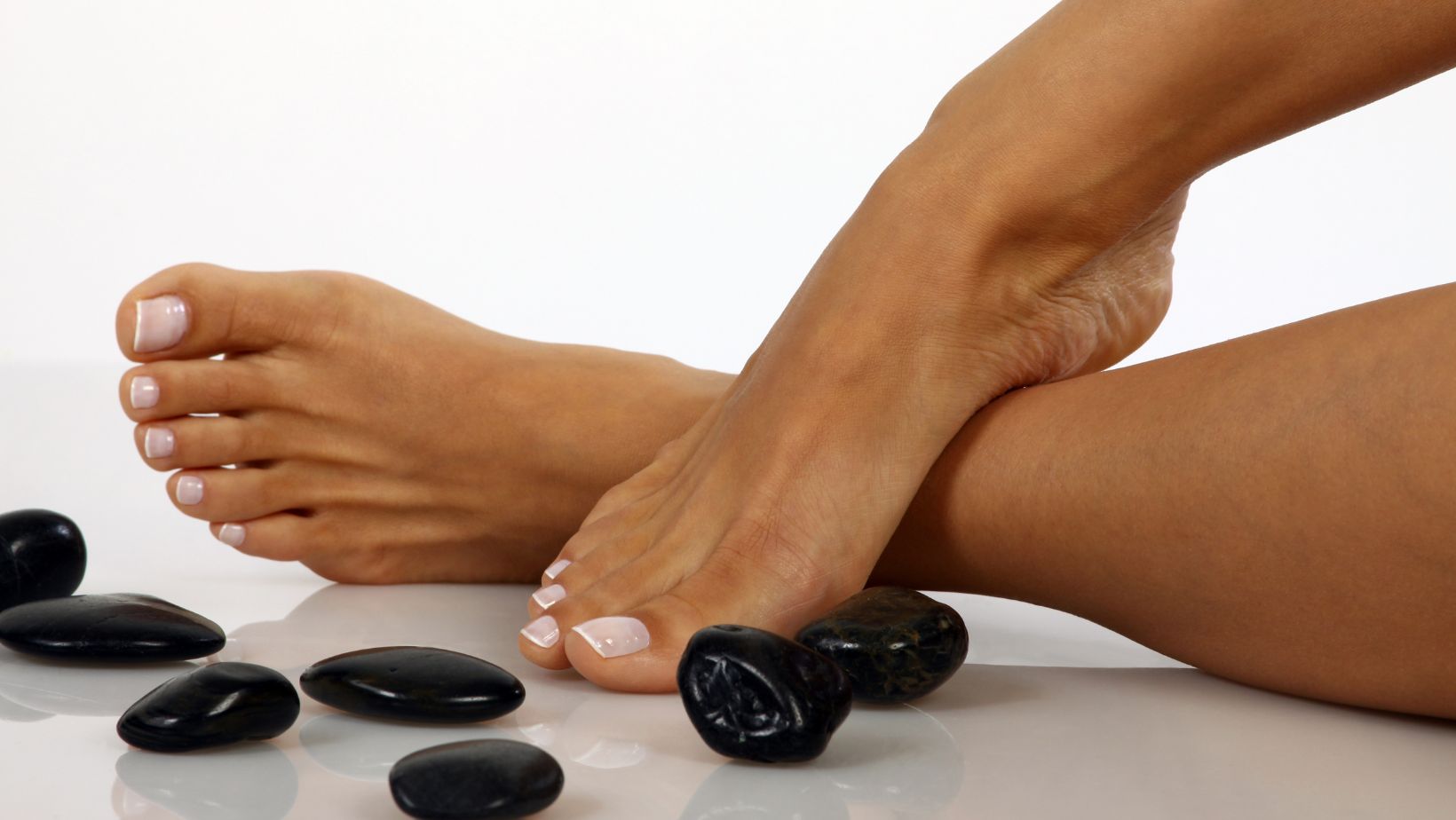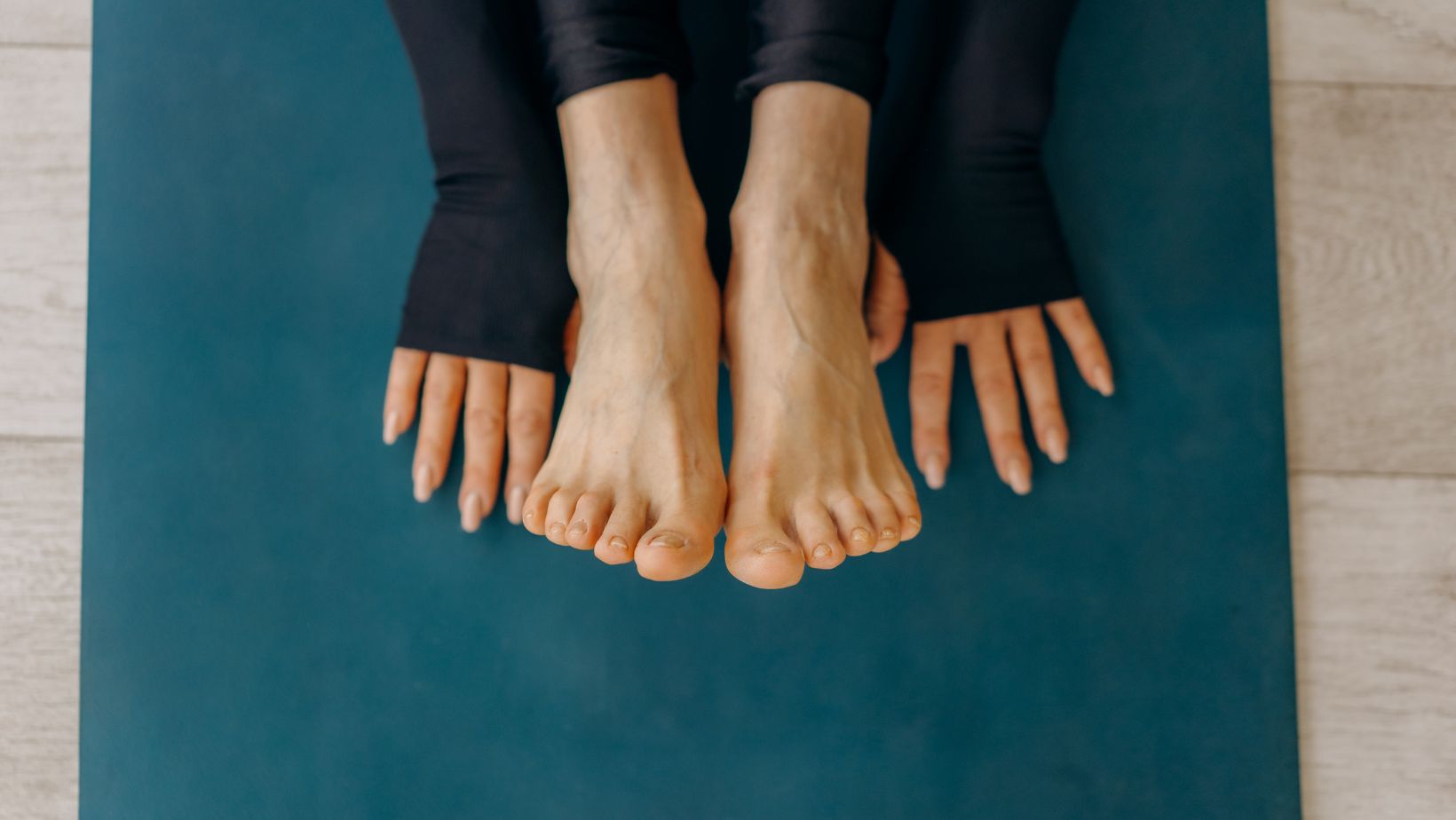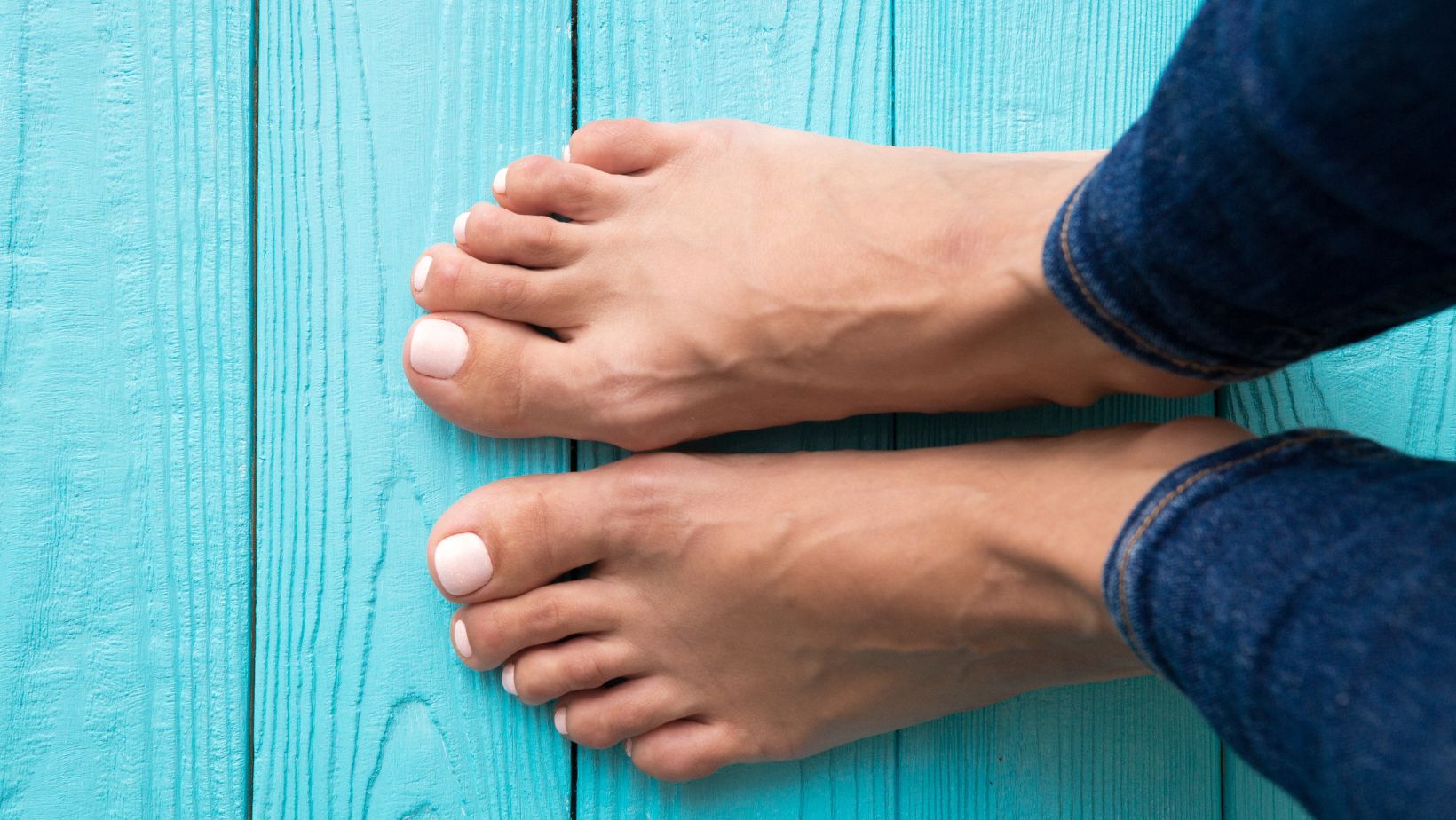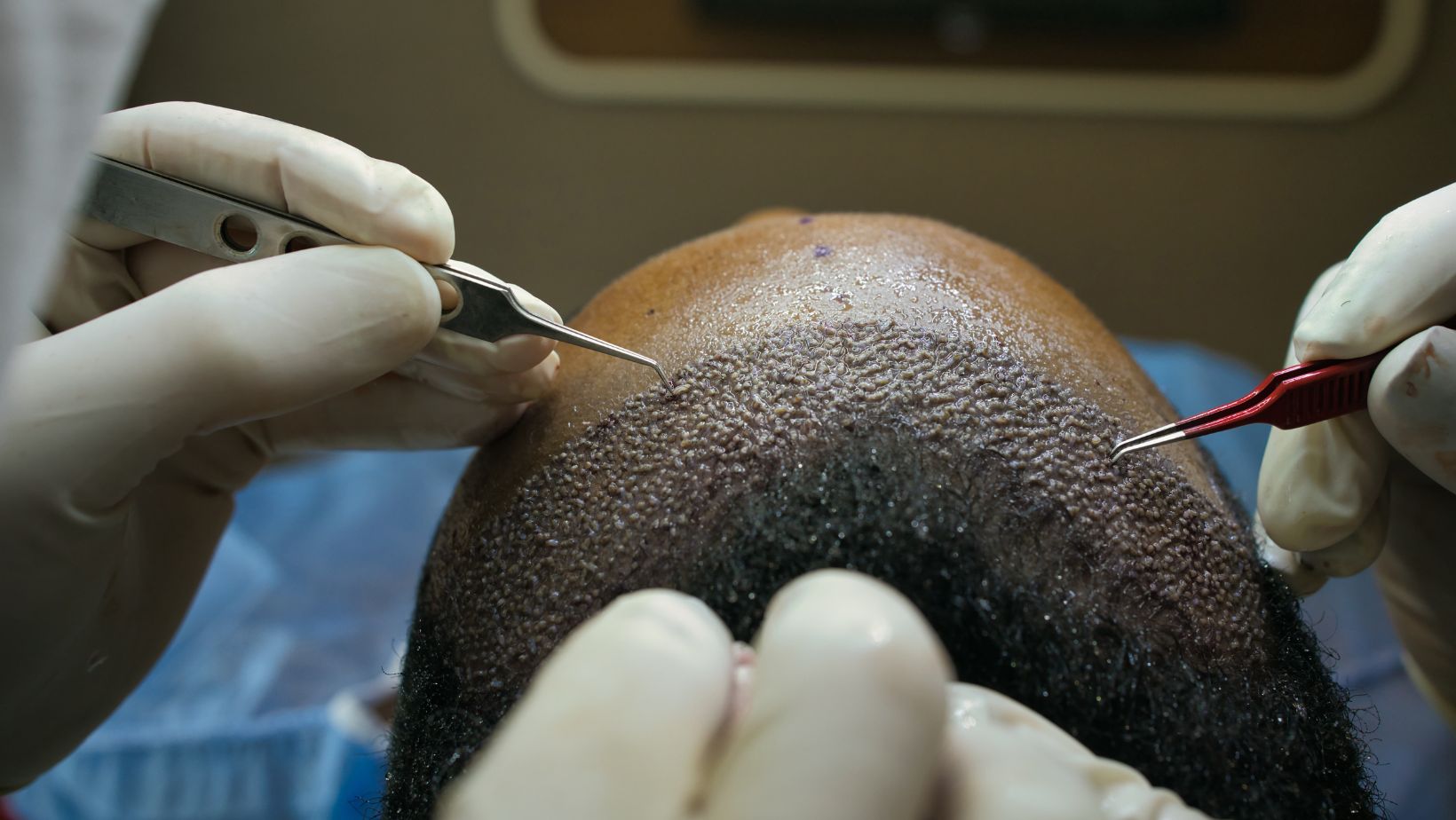Keep Your Feet Healthy With These Tips

Can you imagine going a day without using your feet? Everyone uses their feet extensively, but not many people are aware of some important things about their feet. Here are a few interesting facts about your feet:
- There are 100 movable parts in your feet, which include 20 muscles and 26 bones.
- The number of bones in both your feet is around 25% of the total bones in the body.
- Your feet move around 100 tons of weight (the weight of a blue whale) when you walk just one mile.
- On average, a person would cover around 150,000 miles during their lifetime, which is equivalent to covering the earth more than four times.
- Do not ignore your feet. You need to take care of them.
After all, you only have a pair of feet. Here are a few simple tips to keep your feet healthy and in excellent condition.
- Use warm, soapy water to carefully wash the feet every single day. Also, dry your feet well. Don’t ignore the space between the toes, as this is usually where fungal infections such as Athlete’s foot originate.
- Make calf stretches a part of your daily routine. It will help in keeping your feet supple.
- Make sure your socks are well-fitting. Also, don’t forget to change your socks every day in order to prevent sweaty feet.
- Use good quality nail clippers to trim the toenails regularly. Don’t cut your toenails too short. Cut them straight and not down at the corners as that might lead to ingrown toenails. Follow these steps to know how to keep your nails strong and beautiful.
- It’s important to keep your feet moisturized. If your feet are particularly dry, don’t shy away from using a moisturizer before going to bed. Do not put moisturizer between your toes as it can cause fungal infections.
- It’s critical to use the right footwear to keep your feet healthy. Put special effort towards choosing the right shoe size. Your feet are going to be at their largest during the afternoon, and this is the right time to buy your footwear. Don’t shy away from getting your feet measured to know your exact size.
- Always rotate your shoes. The same shoes should not be worn more than two days in a row. It will help in preventing fungal infections.
- Do not wear high heels regularly as they can potentially damage your feet. Keep its use limited to special occasions.
- Make it a habit to check your feet at least once every week in order to prevent possible health issues.
Here is a list of the five common foot problems that can be easily managed at home and when to visit a podiatrist to get help with your foot problems.
Many people have the habit of ignoring any issues with their feet, hoping that the problem will go away. However, small problems can develop into big health issues if you do not take steps to prevent those problems. Thankfully, there are a few easy steps you can take as visit Docpods to prevent these small issues from turning into bigger problems.
Painful Heel
If you are suffering from heel pain, it has the potential to affect your walking as well as your posture. One of the most common causes of heel pain is plantar fasciitis. This is a condition where the ligament running under the heel gets swollen.

It can affect anyone at any age, but it commonly affects athletes or people in their 40s.
Prevention and Management
If you’re wondering whether you can do anything to prevent or manage this condition, you can easily prevent it by wearing well-fitting shoes or using custom insoles. Make sure your shoes have good support and heel cushioning. Try to stay away from the hard ground when walking or exercising. Also, make sure to rest regularly and don’t run or walk too fast. Wearing a raised heel in a 6 to 10 mm range can also help in managing or preventing this problem.
Bunions
It refers to the condition where there is a bony lump on the side of the feet where the big toe is excessively angled towards the 2nd toe. It can affect anyone, but it is more commonly found in women.
Prevention and Management
Wear wider shoes in order to provide more room for your toes to move. If you have a habit of wearing high-heeled shoes regularly, try to wear them in moderation. If you like to wear high heels every day, make sure the heel height is kept to a maximum of 4 cm. It is also recommended to vary heel heights. Instead of wearing instep shoes, make sure your shoes have a strap or buckle or laces. Visit a podiatrist in case the bunion becomes troublesome or inflamed.
Corns and Calluses
It refers to a condition where areas of skin become hard and thick. It usually happens due to rubbing or friction, or pressure on that part of the skin. It can affect anyone. Usually, it happens due to biomechanical irregularity in the feet or badly fitting shoes.
Prevention and Management
Use a foot file or pumice stone to gently rub the thick skin when you are taking a bath. Use a moisturizing cream regularly in order to soften the thick skin.
Ingrown Toenails
This condition develops when the toenail side grows through the flesh of the foot, which makes it painful, inflamed, and red in color. This condition mostly affects the big toe.
Anyone can get it, but it usually affects people who do not cut their nails correctly. They leave small spikes of nails behind while cutting. It is also more likely to affect athletes as athletes are more likely to get moist and sweaty feet which makes the skin around toenails softer and easier for piercing by the nail.
Prevention and Management
Make sure your nails are cut properly. Always cut them straight across and do not trim them too low down the side or at the edge. You should be able to see the corner of the nail. Trim down your nails after a bath as your nails are softer at that time.

Keep rotating your shoes in order to avoid getting moist feet. It is also important to always wear socks that are well-fitting. Wear shoes that are made of natural materials. When you are at home, try to keep your feet out of shoes and let them dry as much as possible.
About Podiatry
It is the branch of medicine specializing in the diagnosis, assessment, and treatment of the conditions of the lower limb and foot. A qualified podiatrist can help you with advice on foot care, gait analysis, and choosing the right footwear for you.
Right Time to See a Podiatrist
Following these self-care tips mentioned above should help with your problem in many cases. However, if there is no improvement, you should always seek professional help from a podiatrist.
It is recommended to visit a podiatrist when:
- You have pain in your feet – the podiatrist will thoroughly check your condition and advise the best treatment.
- There is no improvement in your symptoms within three weeks if you are taking care of your problem on your own or there is no improvement natural.
- A regular check-up by a professional will help you avoid foot problems and keep your feet healthy.
Getting An Appointment with a Podiatrist
You may visit a podiatrist in many ways. It depends on your location. You may see a podiatrist through your GP as they might be able to refer you for an NHS podiatry appointment. You might also get the option to self-refer in some other areas.
What's Your Reaction?
Newly middle-aged wife of 1, Mom of 3, Grandma of 2. A professional blogger who has lived in 3 places since losing her home to a house fire in October 2018 with her husband. Becky appreciates being self-employed which has allowed her to work from 'anywhere'. Life is better when you can laugh. As you can tell by her Facebook page where she keeps the humor memes going daily. Becky looks forward to the upcoming new year. It will be fun to see what 2020 holds.



